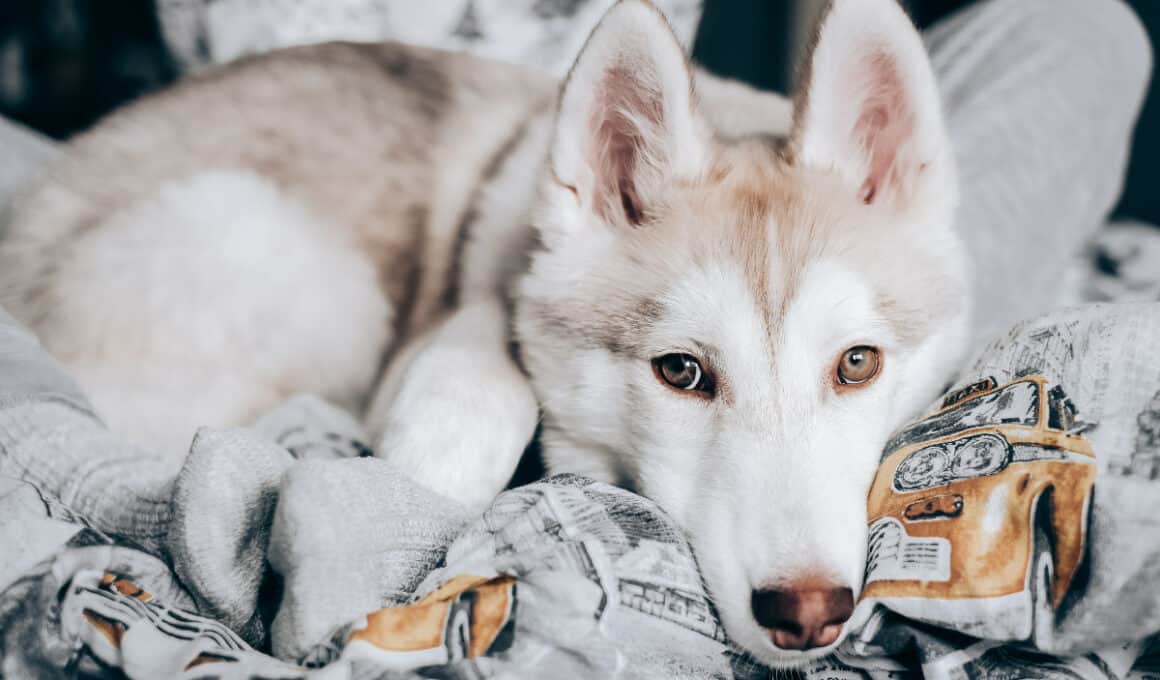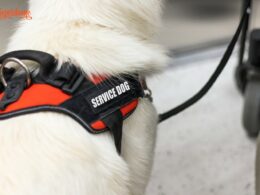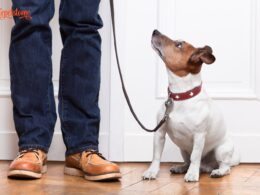Table of Contents Show
Humping is a common behavior among dogs, but it can be distressing for pet owners to see.
Dog humping, also known as mounting, is a behavior in which a dog will repeatedly thrust their hips against another dog, animal, person, or object. This behavior can occur in both males and females and can happen at any age.
In this article, we will explore the reasons why your dog humps blankets and other objects, as well as ways to stop this behavior.
What Is Dog Humping?
Humping can be seen as a form of aggression, dominance, or even a sign of sexual behavior, but it can also be a sign of playfulness, anxiety, or a medical condition.
Humping behavior is not exclusive to dogs, even a 12 weeks old puppy humps sometimes as well as other animals such as cats, monkeys, and even birds.
It’s important to note that humping can be normal behavior in some dogs, especially in puppies, but it can also be problematic if it becomes persistent, aggressive, or happens too often.
The Theory Behind Dog Humping
The theory behind dog humping is not fully understood, but there are several theories as to why dogs engage in this behavior.
One theory is that humping is a sign of dominance or a way for a dog to assert its dominance over its environment. This is supported by the fact that humping is often observed in dogs that are competing for resources or trying to establish their place in a social hierarchy.
Another theory is that humping is a form of displacement behavior, which means that it is a way for dogs to cope with stress or anxiety. For example, a dog who is feeling nervous or threatened may start humping to distract themselves from the stressful situation.
Hormonal changes also play a role, as dogs that have not been neutered or spayed may hump as a result of hormonal changes. Some dogs may hump as a way to get attention from their owners, as a form of play behavior, or as a result of a lack of socialization or training.
It’s also important to note that in rare cases, humping can be a symptom of a medical condition, such as a urinary tract infection. So it is always important to consult with a veterinarian if you have any concerns about your dog’s behavior.
Overall, the science behind dog humping is complex, and it is likely that a combination of different factors is involved.
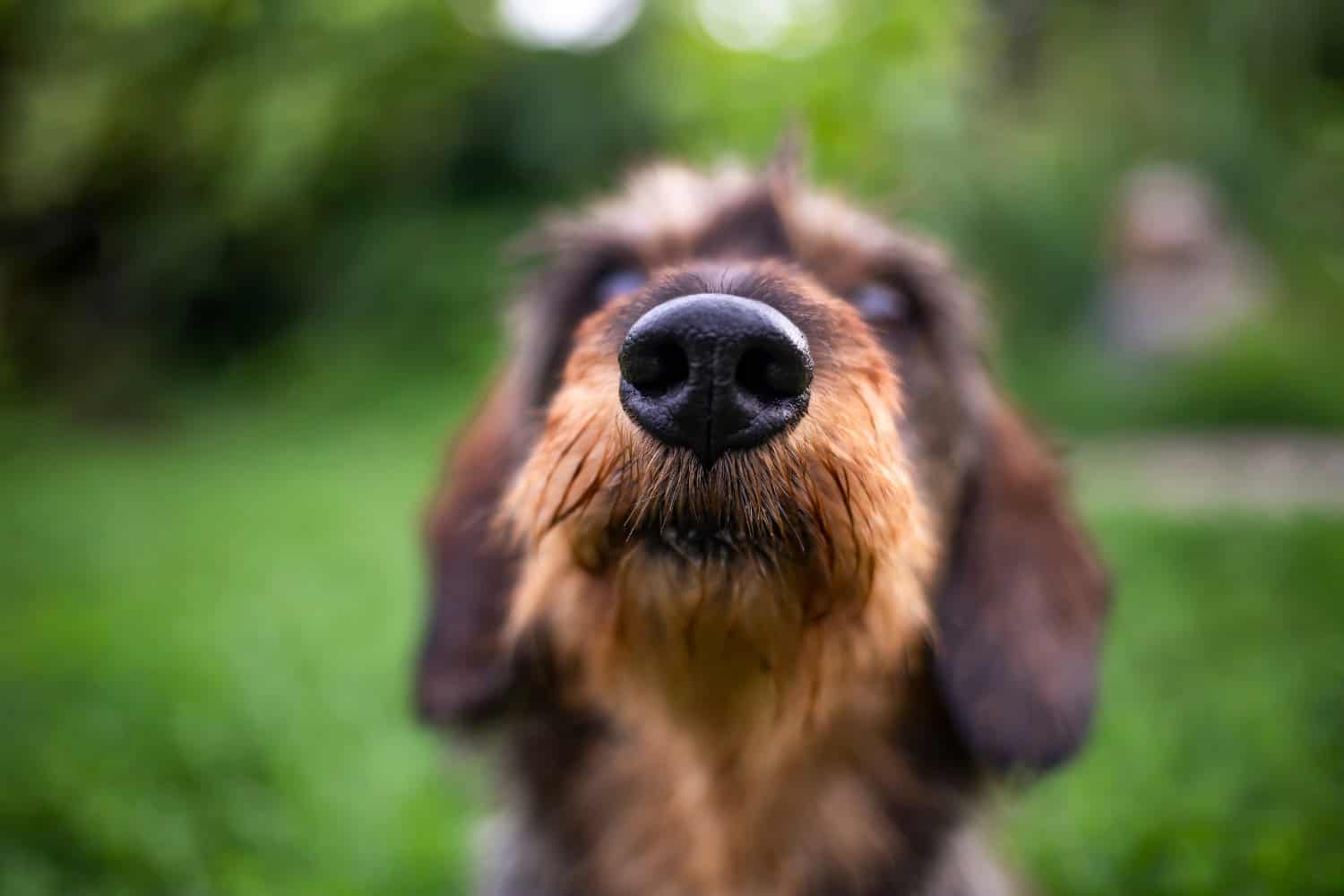
Why Does My Dog Hump Blankets?
Here are the reasons why your dog hump blankets
1. Sexual Frustration
Humping is a natural behavior for dogs and is often associated with sexual behavior. It is a way for dogs to express their sexual interest and desire. In unneutered males, the behavior can also be a way to release pent-up sexual energy.
Your dog humping blankets can also be a sign that a dog is in heat, which is the period when a female dog is fertile and able to become pregnant.
During sexual arousal, dogs release certain hormones, such as testosterone, which can increase their desire to hump. In un-neutered males, humping can also be a way to assert dominance over other dogs or to attract a mate.
However, it’s important to note that humping can also be a non-sexual behavior. As mentioned earlier, it can be a sign of dominance, excitement, or even anxiety, so it’s not always related to sexual stimulation.
2. Stress & Anxiety
Humping can also be a sign of stress or anxiety in dogs. Some dogs may engage in the behavior as a way to cope with difficult emotions or situations.
Dogs may hump as a way to release pent-up energy or to distract themselves from something that is making them uncomfortable. Humping can also be a sign of an underlying emotional issue, such as separation anxiety or fear.
Dogs that are feeling anxious or stressed may also exhibit other behavioral signs, such as whining, panting, trembling, or hiding.
It’s important to identify the underlying cause of the stress or anxiety and address it accordingly. Consulting with a veterinarian or a professional dog trainer can help you understand the behavior and develop a plan to help your dog manage their stress or anxiety.
You can also help your dog to feel less stressed by providing them with a safe and comfortable environment, plenty of exercises and mental stimulation, and training to help them learn to cope with different situations.
Additionally, you should try to create a calm and relaxed environment for your dog, and avoid any situations that may cause them stress or anxiety.
3. Play & Excitement
Humping blankets can also be a sign of play and excitement in dogs. It is a natural behavior that dogs use to communicate with each other and express their energy and enthusiasm.
During play, dogs may hump each other to initiate play or assert dominance over the other dog. This is usually seen as normal and healthy behavior, as long as both dogs are comfortable with the behavior and it does not become aggressive or overly dominant.
Dogs may also hump inanimate objects, such as pillows or stuffed animals when they are excited or feeling playful. This behavior is less common and is not typically a cause for concern, but if it becomes obsessive or problematic, it may be necessary to address it.
4. Boredom
Humping blankets can also be a sign of boredom in dogs. Dogs that do not receive enough exercise or mental stimulation may engage in the behavior as a way to alleviate their boredom and keep themselves occupied.
Dogs that are bored may also engage in other destructive behaviors such as digging, chewing, or excessive barking. They may also appear restless, anxious, or lethargic.
5. Medical Condition
Humping blankets can also be a sign of a medical condition in dogs. Some dogs may engage in the behavior as a result of an underlying physical or medical issue. Medical conditions that can cause humping behavior in dogs include hormonal imbalances, urinary tract infections, prostate problems, and neurological conditions.
If your dog is displaying humping behavior and other symptoms such as pain, lethargy, or changes in appetite, it’s important to consult with a veterinarian to rule out any underlying medical conditions.
A veterinarian will be able to examine your dog, run any necessary tests, and provide a diagnosis and treatment plan.
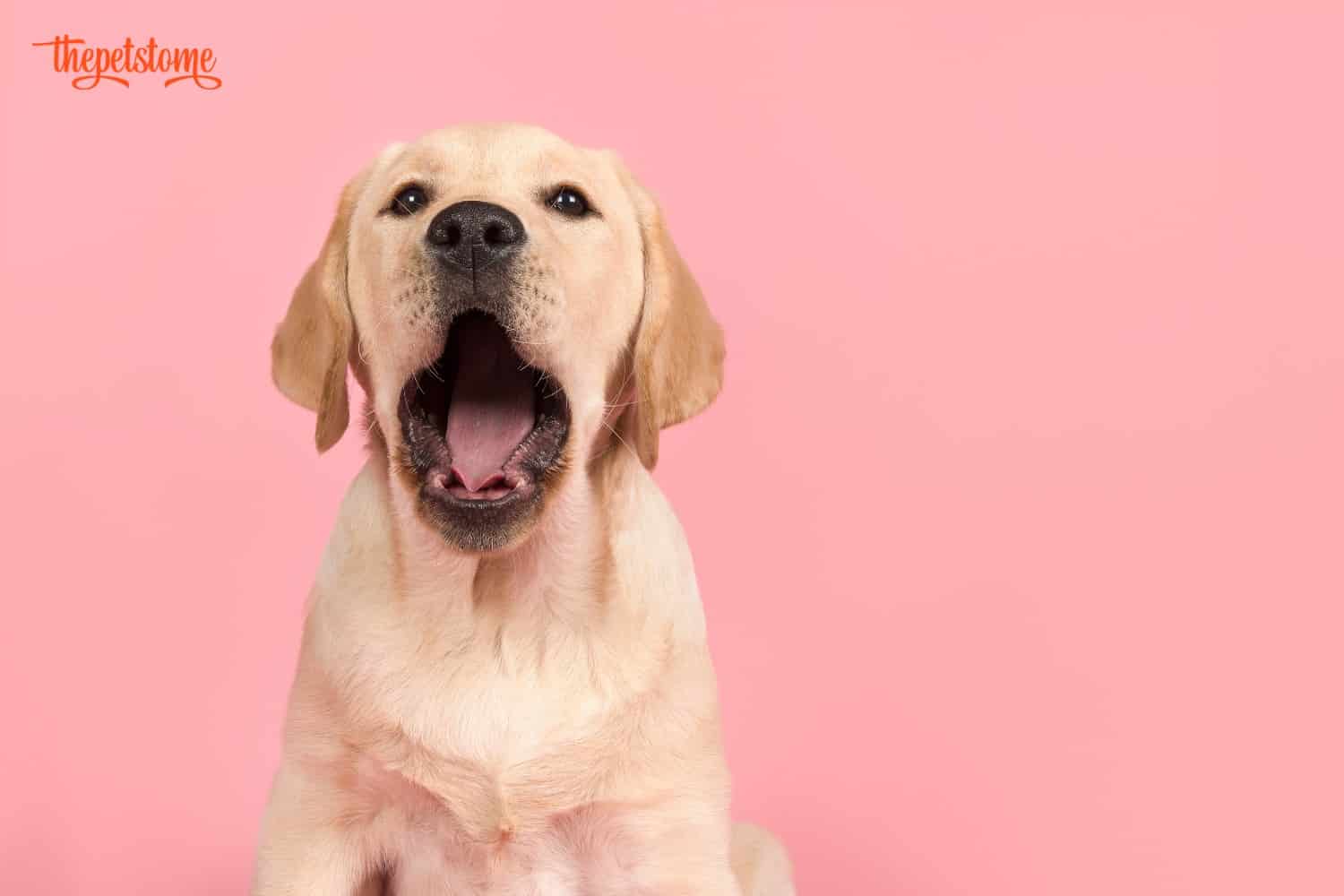
6. Learned Behaviour
Humping can also be a learned behavior in dogs. Dogs may learn to hump as a result of certain experiences or reinforcement.
For example, if a dog receives attention or rewards for humping, it may continue to engage in the behavior in order to receive the same reaction. This reinforcement can be in the form of petting, verbal praise, or even food treats.
Additionally, if a dog is not trained or socialized properly, it may learn to hump as a way to assert dominance or gain attention.
In order to address learned humping behavior, it’s important to understand the underlying cause and address it accordingly. If the behavior is a result of reinforcement, it’s important to stop rewarding the behavior and redirect your dog’s attention to a more appropriate behavior.
If the behavior is a result of a lack of training or socialization, it’s important to work with a professional dog trainer to teach your dog appropriate behaviors and to establish boundaries and rules.
7. Dominance
Humping can also be a sign of dominance in dogs. Dogs may engage in the behavior as a way to assert their dominance over other dogs, people, or even inanimate objects.
Dogs that are trying to establish dominance may also exhibit other dominant behaviors such as growling, biting, or biting. They may also appear more confident and assertive and may have a tendency to challenge their owners or other dogs.
It’s important to note that dominance is a natural behavior for dogs and is not necessarily a problem as long as it is not aggressive or dangerous.
Should I Let My Dogs Hump Blankets?
It is not necessarily harmful to dogs to hump blankets as it is normal behavior for dogs, but it may not be appropriate behavior in certain situations. If your dog is humping blankets excessively or in a way that is causing damage to the blanket or the surrounding area, it may be necessary to address the behavior.
Additionally, if your dog’s humping behavior is causing discomfort or distress to other family members or guests, it may be necessary to address the behavior.
It’s best to address the behavior by redirecting your dog’s attention to more appropriate behavior, such as fetching or tug-of-war, and by providing them with plenty of exercises and mental stimulation.
You can also use positive reinforcement techniques such as rewarding your dog when they stop humping and training your dog to stop humping may take time and patience.
How Do I Stop My Dog From Humping Blankets?

Here are some ways to stop your dog from humping blankets;
- Provide plenty of exercises and mental stimulation:
- Redirect their behavior. When you notice your dog humping a blanket, try redirecting their attention to a more appropriate activity such as playing fetch or tug-of-war.
- Reward your dog when they stop humping the blanket and engage in more appropriate behavior.
- Teaching your dog a “leave it” or “drop it” command can help you to redirect their behavior and stop them from humping the blanket.
- If your dog is humping a specific blanket, limit their access to it or remove it from the house.
- If your dog’s humping behavior is excessive or problematic, it’s best to consult with a veterinarian or a professional dog trainer to help you understand the behavior and develop a plan to manage it.
It’s important to remember that humping can be a sign of a combination of reasons and it’s important to understand the underlying cause in order to address the behavior properly. Additionally, it’s important to be patient and consistent when working with your dog to stop the behavior, as it may take time and effort to achieve the desired results.
Frequently Asked Questions
Why do dogs knead blankets?
Dogs kneading blankets, also known as “making biscuits,” is a common behavior among dogs. It’s a reflexive behavior, usually seen in domestic dogs, and is often associated with comfort, security, and affection.
Why does my dog hump his blanket every night?
The reason why your dog may be humping his blanket every night could be that he didn’t get enough exercise or mental stimulation during the daytime.
Dogs that are not sufficiently exercised or stimulated during the day may engage in humping behavior as a way to alleviate boredom and keep themselves occupied.
This behavior is also known as displacement behavior when the dog is redirecting their energy towards an object instead of performing another behavior.
Why does my dog suck and hump blankets?
Dogs may suck and hump blankets for several reasons including seeking comfort and security and as a way to cope with stress and anxiety.
Your pups may suck on blankets as a way to cope with the lack of emotional support from their canine mothers.
Puppies that are separated from their mothers at a young age may experience stress and anxiety, and sucking on a blanket may provide them with comfort and security, similar to how nursing from their mother would.
Why does my girl dog hump my blankets?
Female dogs may hump other dogs or inanimate objects as a way to assert their dominance or gain attention.
Additionally, female dogs may learn to hump as a result of reinforcement, such as receiving attention or rewards for the behavior. They also hump things like blankets whenever they are in heat.
Final Thoughts
In conclusion, humping behavior in dogs is a common and normal behavior, but it can become problematic if it occurs excessively or in an inappropriate manner.
Understanding the underlying causes of the behavior, such as hormonal imbalances, stress and anxiety, boredom, learned behavior, and medical conditions, as well as lack of proper nutrition, exercise, and mental stimulation, can help you to address the behavior properly.
Consulting with a veterinarian or a professional dog trainer can help you to understand the behavior and develop a plan to manage it.





